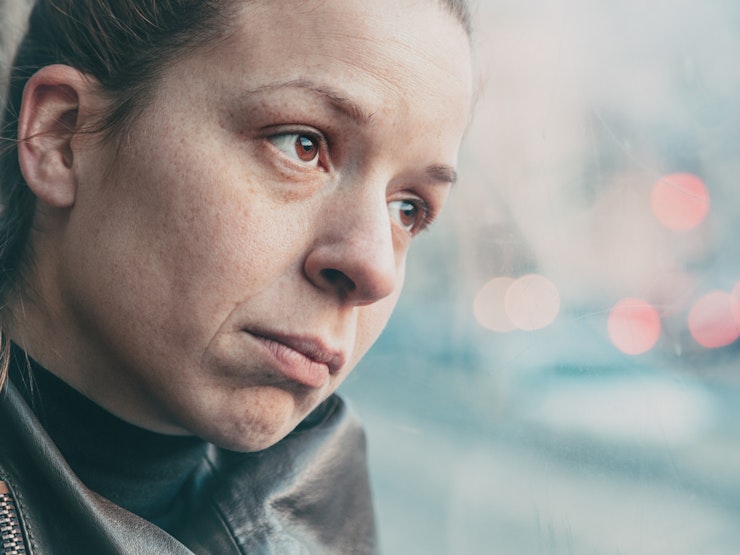It’s something most of can’t get our heads around. Three pounds of fat and water within which sit our very selves – everything we know and remember, all our relationships, our sense of who and what we are. That’s the human brain.
It’s a tremendously powerful machine – able to learn multiple languages, process complex numbers, send people to the moon. It’s also tremendously delicate. One small injury in the wrong place can knock the whole thing out. Other injuries do more selective damage but still leave us with whole bits of ourselves missing. That’s the sort of damage that long-term heavy drinking can do. Alcohol can both poison the brain tissue itself and impeded the body’s uptake of Vitamin B1 (thiamine), one of the building blocks of the brain.
Alcohol-related brain damage (ARBD) was traditionally seen as a condition of elderly homeless drinkers. But as one expert has pointed out, “the stereotypical image of someone with ARBD as a troublesome street drinker may be inaccurate, with many having worked for years and having experienced family life.” The reality is that any man who regularly drinks more than 50 units a week, and any woman who regularly drinks more than 35, for five years or more, is at risk.
The symptoms of ARBD are many and varied but can include: confusion about time and place; difficulty processing new information; and confabulation – filling gaps in memory with irrelevant or untrue information. Perhaps most disturbingly, the parts of the brain that house our personality and our moral compass can be damaged by alcohol. It is this sense of loss that Dr Oliver Sacks described in 1985 when he told the story of Jimmie the Lost Mariner, a retired US Navy man who woke each morning largely unaware of who he was.
The story of Jimmie, however, also offers us hope. As our Rapid Evidence Review indicates, recovery from ARBD depends on health and social care staff building relationship with patients and getting to know what makes them tick. In Jimmie’s case, his lucidity and sense of connection to the world were greatly improved by the things he loved: music, gardening, and taking part in the religious traditions he’d adhered to since childhood, during which, according to Dr Sacks, he showed “an intensity and steadiness of attention and concentration that I had never seen before in him or conceived him capable of”.
The things that brought Jimmie back to life won’t work for everyone. As the RER highlights, in order to know what the particular enlivening elements are for each individual with ARBD, staff need to know how to listen and communicate with people whose minds may be in a near-constant wandering state. Improved professional education and training are crucial, therefore, and need to focus on understanding the experiences and perspectives of people with ARBD.
So, whilst there are some solidly medical and pharmacological elements to ARBD treatment – abstinence from alcohol and large doses of Vitamin B1 being the most important ones – it’s often about the soft stuff, the things that help a person with ARBD become themselves again and find that “something there somewhere” inside them, as one carer put it.
